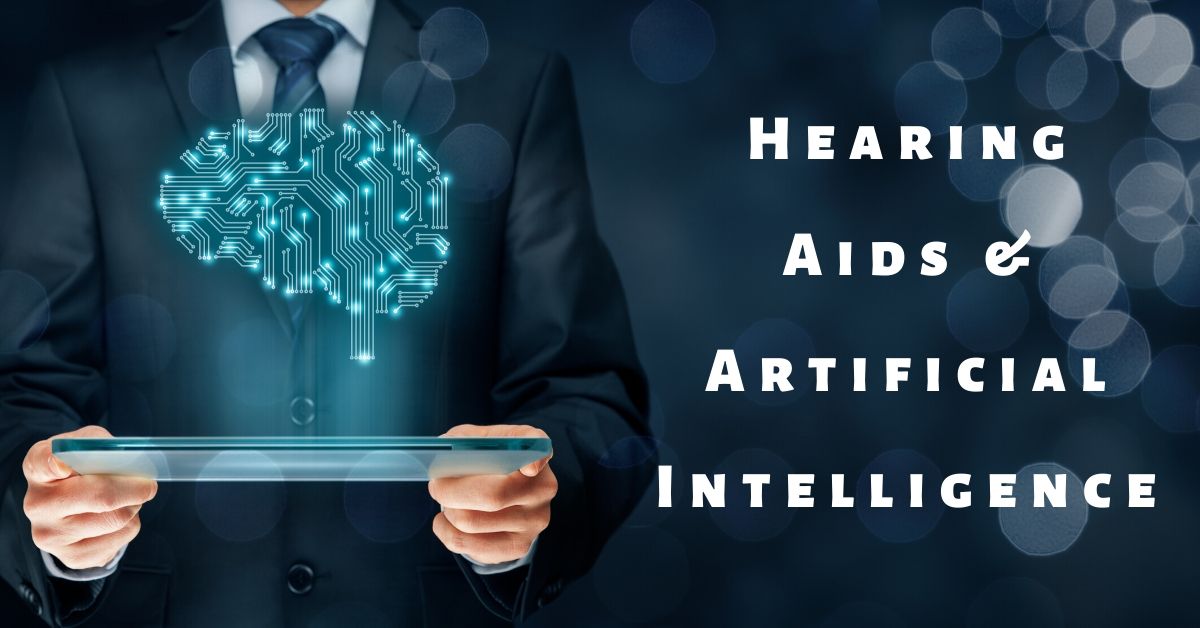
Studies conducted in the last dozen years have associated hearing impairments to disabling conditions. Such conditions include Alzheimer’s disease and cognitive decline, diabetes, clinical depression, falls among the elderly, cardiovascular disease, and more. These connections are usually referred to as comorbidities, which, when explained further, mean that the concurrent presence of more than two chronic illnesses/diseases in a patient. A chronic condition means a health disease that has long-lasting effects. The word chronic is typically applied when the course of an illness takes more than three months. Hence, hearing impairments can be classified as a chronic condition.
Loss of hearing has a strong resemblance to other chronic illnesses. For example, diabetes is classified as a chronic disease. It is similar to hearing impairments in that both diseases/conditions are painless, progressive, invisible, mostly incurable, but treatable. They both need “front-loaded” expert care where critical counseling happens in the first numerous clinical encounters. They also need self-managed changes in behaviors for long-term success. Likewise, if both are appropriately managed, patients gain from hearing loss remediation or diabetes treatment by getting back to their usual activities that were in the past restricting their quality of life and physical behavior.
The significant challenges facing patients with hearing loss include
- Compromised speech perception.
- Greater communication effort hence reduced social engagements.
- Impaired cognition.
- Poorer physical function.
- More reduced quality of life.
Artificial intelligence.
AI in summation illustrates a computer science field where programs are developed to apply intelligent, multi-dimensional solutions to complex problems. One of the major applications is to process vast amounts of data and, by either deducing or following rules, select a relevant response to this input.
AI and Hearing Aids.
Advanced technology hearing aids also have a lot to benefit by incorporating artificial intelligence. The key to advancements in hearing aid performance will originate from software developments and algorithms. With digital hardware readily available, there is a need to increase the potentials of digital technology with regards to auditory perception/hearing. AI is the path through which new heights of patient benefits can be attained in digital hearing.
According to Allen Newell, computers offer the ability to behave conditionally and not to be unthinking and rigid, which means to apply knowledge to action. He captured the nature of the reason why the utilization of Artificial Intelligence in hearing aids is vital. Traditional systems have restricted the levels of solving the challenges experienced by hearing-impaired patients. Patients continuously seek better technology in complex and challenging situations.
Artificial Intelligence in Oticon Syncro
Oticon is an advanced technology, eight-channel digital hearing device assimilating state of the art applications of adaptive directionality, ample dynamic range compression, and noise management. AI is utilized in the system of Voice Priority Processing That links three signal processing approaches TriState Noise Management, Adaptive Directionality, and Voice Aligned Compression. These three systems are programmed to function in progressive optimization of the signal with regards to speech. The unity of a single processing goal makes sure that all systems are working not in opposition, but in synergy. Syncro is not programmed to copy the natural, human, cognitive, or auditory systems in complicated, dynamic listening situations. But, Syncro is created based on the understanding of the variability and complexity of real communication scenarios and the signal processing routes that offer the best benefits for patients having a sensorineural type of hearing loss.
Another utilization of hearing aids and AI is Starkey’s newest project, which is nearing its full completion. According to CNET, Starkey has commenced using AI to change hearing aids into devices that can also be used to monitor health. The Artificial Intelligence system in the hearing aids analyses the standard health patterns of the patient – like the breathing and pulse rate. It then sends a notification to selected/trusted friends or family in case of an anomaly. Livio AI also marks the start of a hearing revolution. Livio offers a hearing aid that helps the patient monitor and tracks how mentally and physically active they are while also providing crisp and clear sounds.
Livio is a multi-purpose gadget that significantly reevaluates what hearing aid can do. It introduces an up-to-date technology called Hearing Reality. Hearing Reality utilizes high-definition, high-speed computer processing to separate, manage, and assist in focusing these numerous layers of sound on replicating natural hearing better. Individuals are welcomed to learn more on their websites. The core advantage of using AI in hearing aids is to deal with the complications of real scenarios, in real-time, through rule-based and confirmed solutions.
Application of AI to hearing aid enables recent audiological answers to be applied, via complex, problem-solving algorithms.

Having a Good Time at Weddings With Hearing Loss
Matthew Favinger, M.S., F-AAA

Accessorizing and Customizing Your Hearing Aids
Matthew Favinger, M.S., F-AAA

